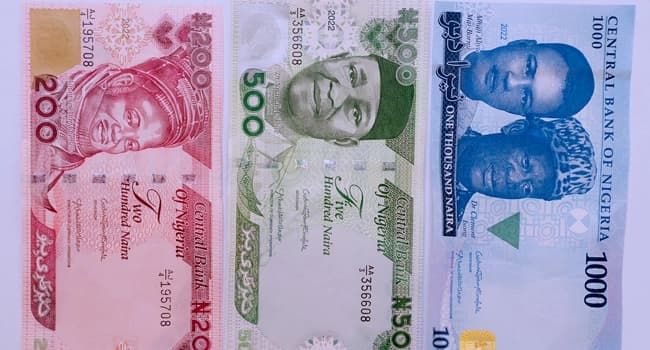According to the Central Bank of Nigeria (CBN), it spent N29.65 billion on currency issue costs in 2022, up 94.66% from the N15.23 billion it spent in 2021.
The CBN spent 40.42 percent more on currency rollout than it did on N53.29 billion the year before, according to the latest publication of the apex’s bank financial accounts. This is true notwithstanding the naira shortage that gripped the nation in the last months of 2022.
Defining currency issue expenses, the bank said, “Currency issue expenses relates to expenses incurred in relation to the printing, processing, distribution, and disposal of currency notes. This is recognised at cost when incurred.”
The cost of sale, which is the amount spent by one of the subsidiaries (in this case, the Nigerian Security Printing and Minting Plc) to produce currency notes and coins, was N45.19 billion in 2022, up 18.72% from N38.07 billion in 2021.
The statement said, “They include cost of raw materials, employee benefit expenses relating to production staff, electricity and diesel expenses, depreciation, and repairs and maintenance.”
The total amount in circulation fell from N3.32 trillion in 2021 to N3.01 trillion in 2022, a 9.47% decrease. According to statistics, the entire expense for producing bank notes in 2020 was N58.62 billion, a 28.83 percent drop from the N75.52 billion that was reported in 2019.
In October 2022, the suspended Governor of the CBN, Godwin Emefiele, announced that the bank would release re-designed naira notes by December 15, 2022, and certain denominations of the existing notes would cease to be legal tender by January 31, 2023.
This move led to a cash crunch plague that lasted for months and negatively affected the economy.














